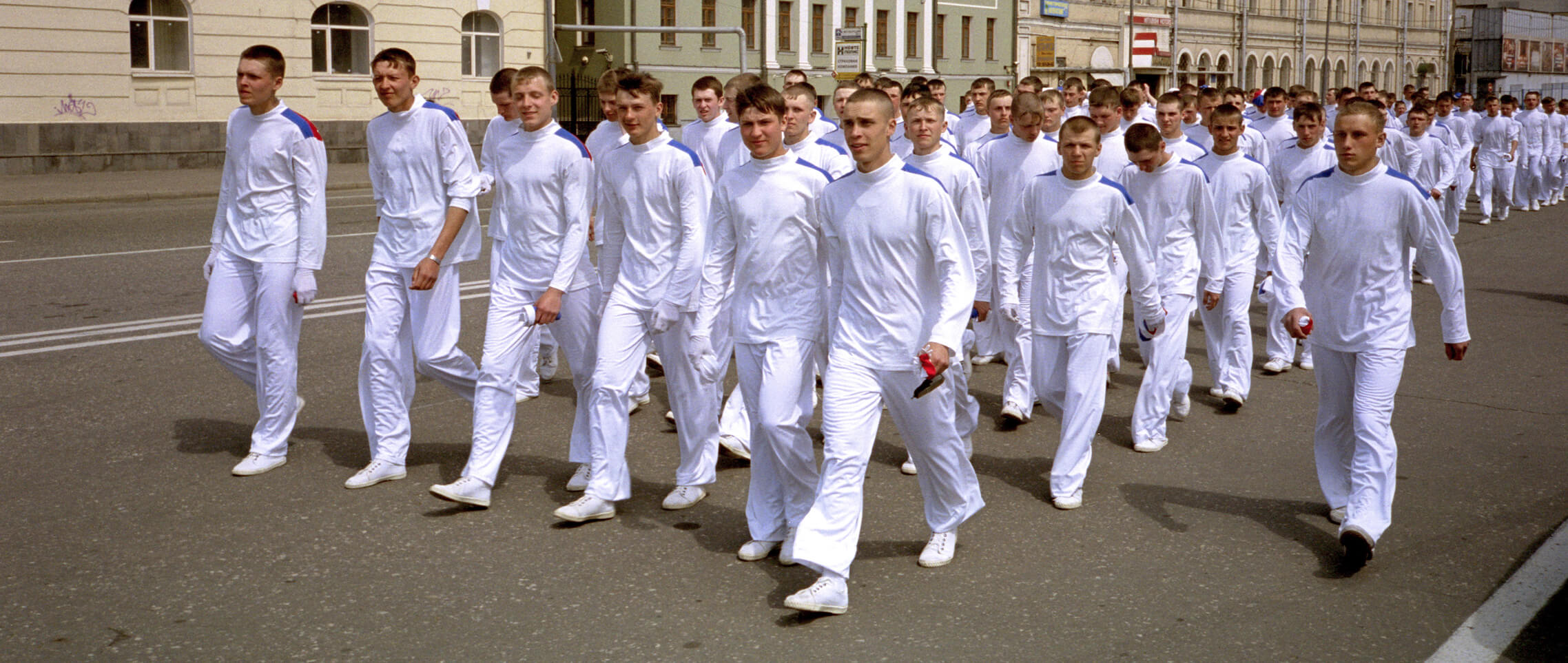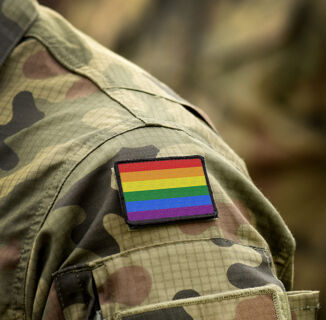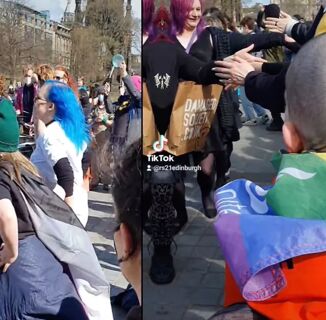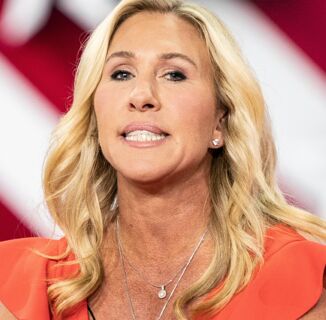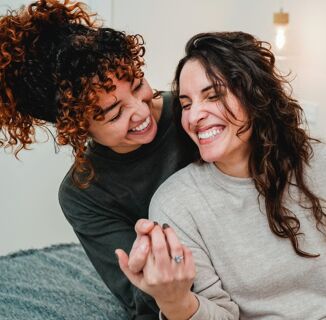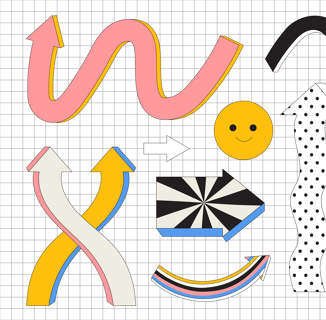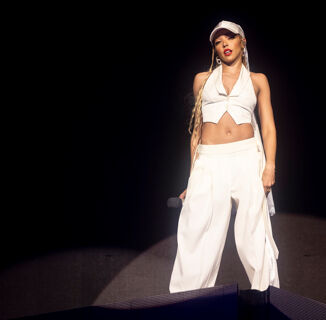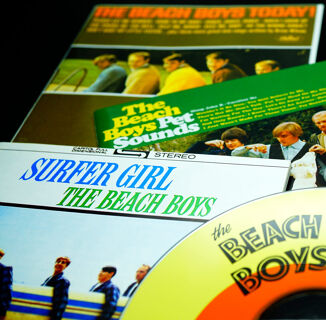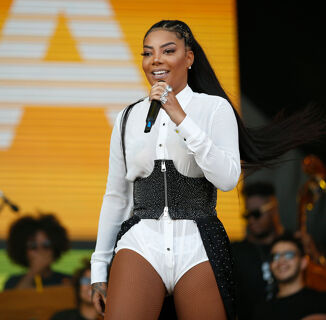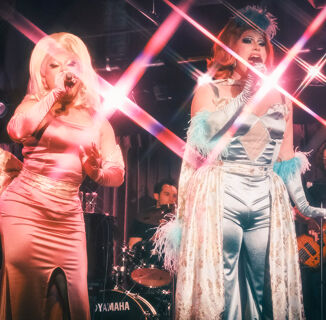Russian contemporary queer artist Slava Mogutin engages in activism as part of his practice, and explores legislation, sexuality, and religion in his work. Coming from homophobic social systems has equipped him with a compelling perspective on our community’s progress around the world, and that shows both in his visual work and in his words.

Pedro: What’s been happening in Slava land recently?
Slava: This last year was very productive and eventful. I traveled a lot, did several shows and performances, directed two music videos, made lots of new art and wrote a new book of poetry in English and Russian. I also had the honor of presenting the Lost Boys series in my first outdoor public exhibition in Prague. There’s nothing more encouraging for an artist than seeing your work stretched on billboards, and I couldn’t be happier with the way it was received.
Sexuality and breaking social barriers is obviously an important part of you as a protester. What made you start creating art about it?
I could never separate my political activism from my art—something that is not going to change as long as I’m alive. My work celebrates diversity and nonconformity. Ever since my teenage years as a punk poet in Moscow, I’ve been addressing the issues that are personally important to me, from homophobia, censorship, hypocrisy, bigotry and social inequality to displacement and identity, disaffection and alienation, alternative subcultures and gender crossover. Coming from a hostile and oppressive country like Communist Russia, I had to fight for my existence and acceptance from an early age, and I did it through my poetry and art as much as my political statements and actions.

You’re known for being quite the renegade in Russia, as shown by your famous first Russian gay marriage attempt back in 1994. How has your relationship with the country evolved over the years?
Quoting the great late Leonard Cohen, “I love the country, but I can’t stand the scene.” I have a love-hate relationship with Russia. Being forced to leave my country at such a young age was a very traumatic and challenging experience for me, but thanks to my exile, I became the person and artist I am today. I’m still proud of my roots and my culture, but I haven’t been back home in over 10 years, and I have no desire of endorsing Putin’s homophobic corrupt regime in any shape or form.

What are your hopes for the near future of queer visibility?
Radical, unfiltered queer imagery is still being restricted and routinely censored on social media and in most mainstream media outlets. Instead, we’re being served with a homogenized sterile substitute presented as the new “gay norm.” This is not to mention a list of nearly 80 countries where homosexuality and any expressions of queer lifestyle or sensibility are still illegal or semi-legal. Sadly, that long list includes most populist countries like Russia, India and China, most of Africa and the entire Arabic world. It’s fair to say that we live in a queer bubble that only covers some patches of our planet, which still remains largely homophobic. I’m afraid this situation is not going to change on its own anytime soon, unless we continue to fight for our universal rights and acceptance.
Can you tell us a little bit about your most recent series, Young Blood Open Heart?
This is, perhaps, the most experimental body of work I’ve produced to date. It combines traditional paper and photo collage with bodily fluids, rust, wine, vinegar, lime and beet juice, and even some vaginal cream (all the good things). I revisited and deconstructed some of my earlier images, giving them a whole new meaning, with less focus on sexuality and more emphasis on the existential, spiritual, and the Occult.
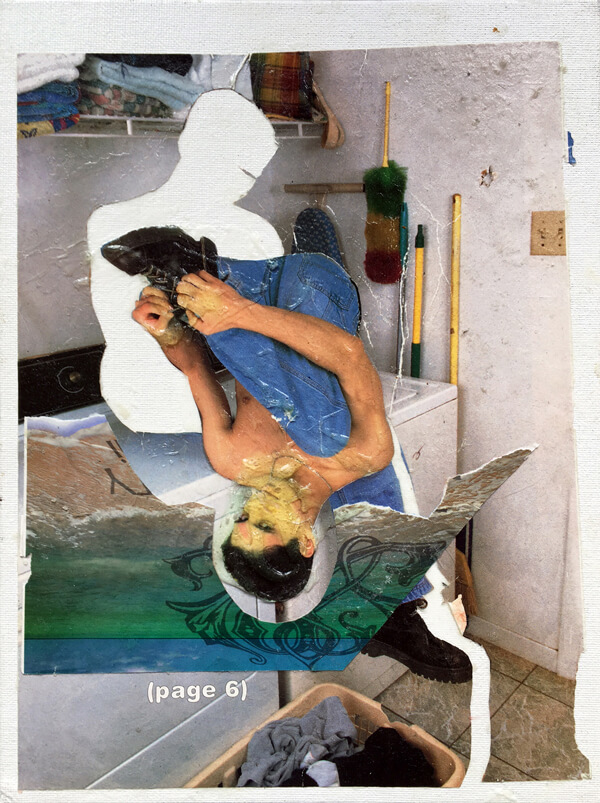

What is the reason behind collage as your choice of medium?
Collage is one of my favorite mediums, along with photography, video, text, and drawing. I like the idea of turning trash into treasures and using found and appropriated material, from vintage erotica, comics books, newspapers, and stolen Bibles to feathers, stickers, and random objects that I collected on the street.
Religion seems to be a recurring theme in your work. What are your thoughts on the coexistence of religion and sexuality?
I came full circle from being an atheist to getting baptized at 17, then rejecting God and my religion for most of my adult life, and then becoming a born-again in recent years. A couple of years ago, I had a show in Greece and I had a religious epiphany there, so I went to each and every Orthodox cathedral I could find. It was like rediscovering my own roots through the Byzantine roots of Russian culture, religion, and Cyrillic alphabet. It was very empowering and enlightening for me on the personal and artistic level.
I think a lot of gay men reject God and religion because they get off on the idea of being “bad” or “evil.” Over the past 20 years I’ve documented many fetish subcultures, and I think the entire BDSM etiquette and mythology are based on the Catholic guilt complex. I would call it reverse spirituality, because you cannot believe in Satan without believing in God, just like you cannot be “evil” without knowing something about “good.”
You collaborated with Bruce LaBruce, Edmund White, and most recently, with No Bra on a video piece inspired by Leonard Cohen, I’m Your Man. What brought all of you together?
Collaboration is one of the key elements of my practice, and I was fortunate to work with many great artists, writers, and musicians. I’m Your Man is a cover of Leonard Cohen’s classic song that I did with Susanne Oberbeck of No Bra. We recorded the track in New York and then filmed the video on our recent trip to London. It’s a song about modern romance and disaffection that we both found very engaging, so we thought it was appropriate to film it in Hampstead Heath Park, the famous gay cruising area where George Michael was busted for “dogging” several years ago. Susanne and I wanted to retrace his steps before the arrest amidst the actual cruisers who just happened to be there. It was a beautiful sunny day and we managed to capture the anxious mood and excitement of cruising while filming each other on my small undercover camera. Sadly, the video premiered days before Leonard Cohen’s death, followed by George Michael’s, so the project turned out to be a double tribute to both of them.
Has the work of Leonard Cohen inspired your practice in the past?
I’ve been a huge admirer of Leonard Cohen’s work ever since I discovered it as a teenager in Moscow and I still find him very inspiring. “First We Take Manhattan” used to be one of my anthems. It seemed like a perfect script for my early artistic aspirations.
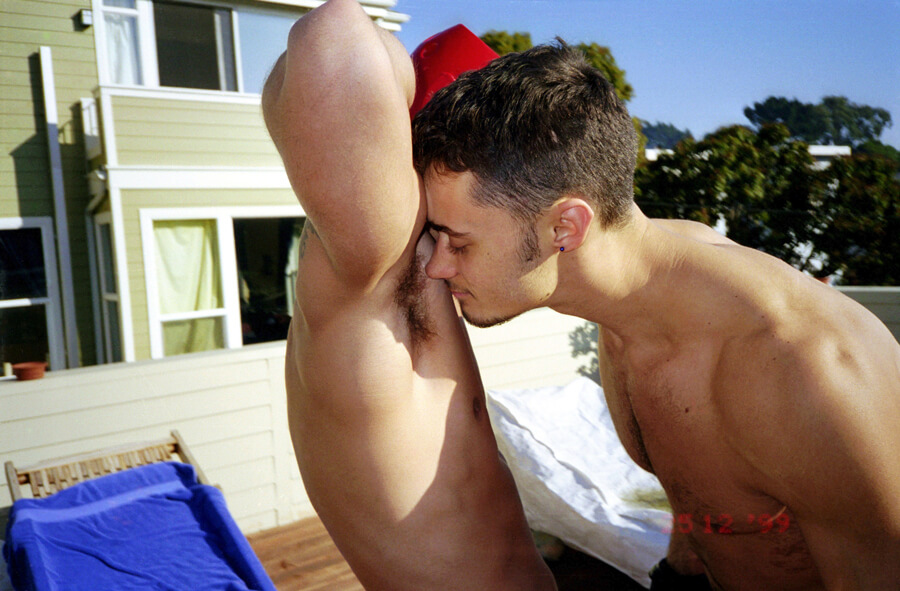
Cruising seems to be one of the themes the video explores. Is this something you have dabbled in?
When it comes to cruising, I’m more of a voyeur than participant. As a gay virgin, I used to go to the Alexandrovsky Park, Moscow’s main cruising spot right next to the Red Square, where I would watch gay guys meet. It was my first exploration of the gay underground at the time was homosexuality was still considered a crime punishable with up to five years in prison. Sometimes I saw gays being harassed, arrested, and bashed just based on their looks. So for me, cruising is forever associated with danger and breaking the law. Despite all that—years after exile—I still find cruising very exciting and romantic. It’s about breaking the walls, rejecting societal norms, and creating your own alternative queer space. In my view, cruising is a healthy alternative to claustrophobic and restricted gay venues and the culture of online dating, which renders all senses and personalities useless.


You have a new book coming out called Bros Brosephines, which features a lot of your photography work for magazines over the years. How do you find your subjects for these shoots?
This book is very different from my previous ones. It’s a survey on my commission and editorial work going back 15 years. The title comes from two separate projects I did for VICE magazine, “Bros Blowing Shotties” and “Brosephines.” Both stories became quite popular and were republished in various VICEeditions worldwide, from the U.K. and Germany to Australia and New Zealand. In some cases, the casting was arranged by the magazines and I worked with professional models, although I still prefer to shoot my friends and fellow artists, so there are many familiar faces, like Gio Black Peter, François Sagat, Zackary Drucker and Rhys Ernst, Sophia Lamar, Candis Cayne, Omahyra Mota, and Brian Kenny, who was a principal collaborator on several series.
The photos seem to be both documentary and staged, and they look like a lot of fun! How do you get your models to behave like that in the shoots?
My creative motto is, “Work is play.” I always think of my shoots as collaborations with the subjects. The point is that I would never impose anything or ask them to do something that I wouldn’t feel comfortable doing myself. It’s about having a good time and creating together something beautiful and meaningful, something that all the people involved can be proud of.

Are they ever nervous? I can imagine if they are, that can make the shoots a little awkward. If so how do you make them feel more comfortable?
I usually work with people who are already familiar with my work, so I don’t really have to direct or control the situation. Most of my work is improvised and spontaneous and I never use my camera as an intimidation tool. It’s about trust, compassion, understanding and collaboration in a very broad sense. It’s about capturing real people, moments and emotions worth sharing with the universe.
You’ve achieved a lot, both as an artist and as a queer figure. What’s next for you?
I have more projects and creative ideas than I could possibly realize in my lifetime. I’m very excited about my next book of poetry based on my recent journals, Satan Youth, and a book of essays and interviews covering over 20 years of my journalism, Gay in the Gulag. I’m also working on a new series of text drawings and abstract paintings, a record album featuring collaborations with some of my favorite artists and musicians, and developing my fashion line.
Help make sure LGBTQ+ stories are being told...
We can't rely on mainstream media to tell our stories. That's why we don't lock our articles behind a paywall. Will you support our mission with a contribution today?
Cancel anytime · Proudly LGBTQ+ owned and operated
Read More in Impact
The Latest on INTO
Subscribe to get a twice-weekly dose of queer news, updates, and insights from the INTO team.
in Your Inbox

